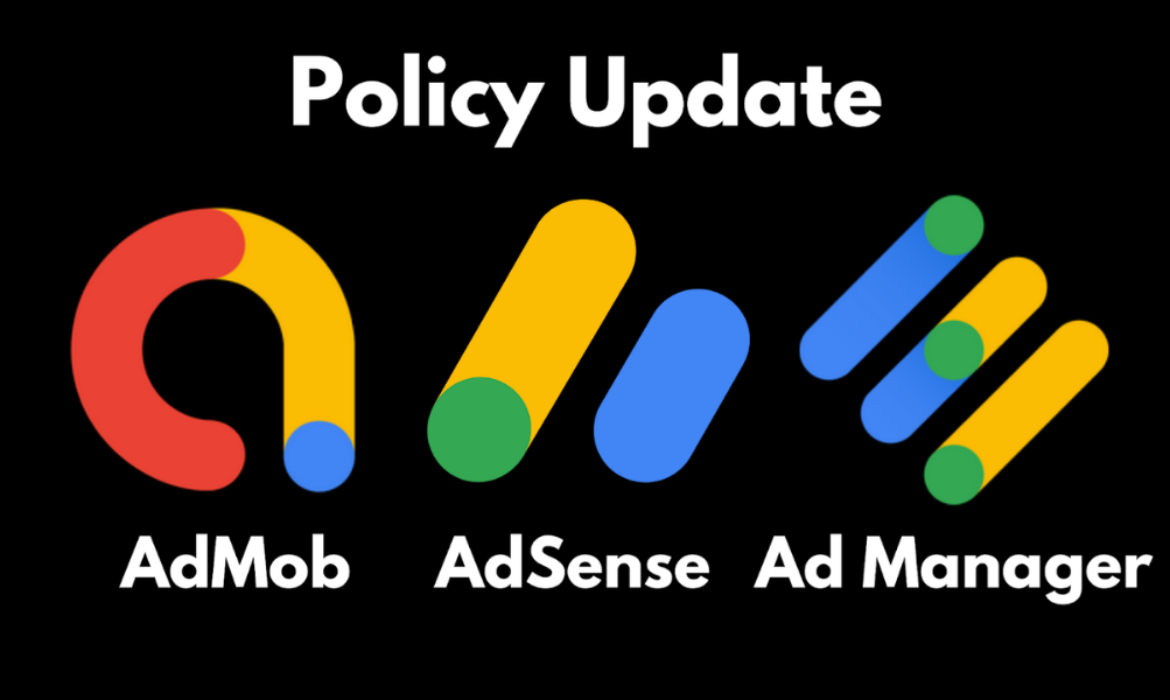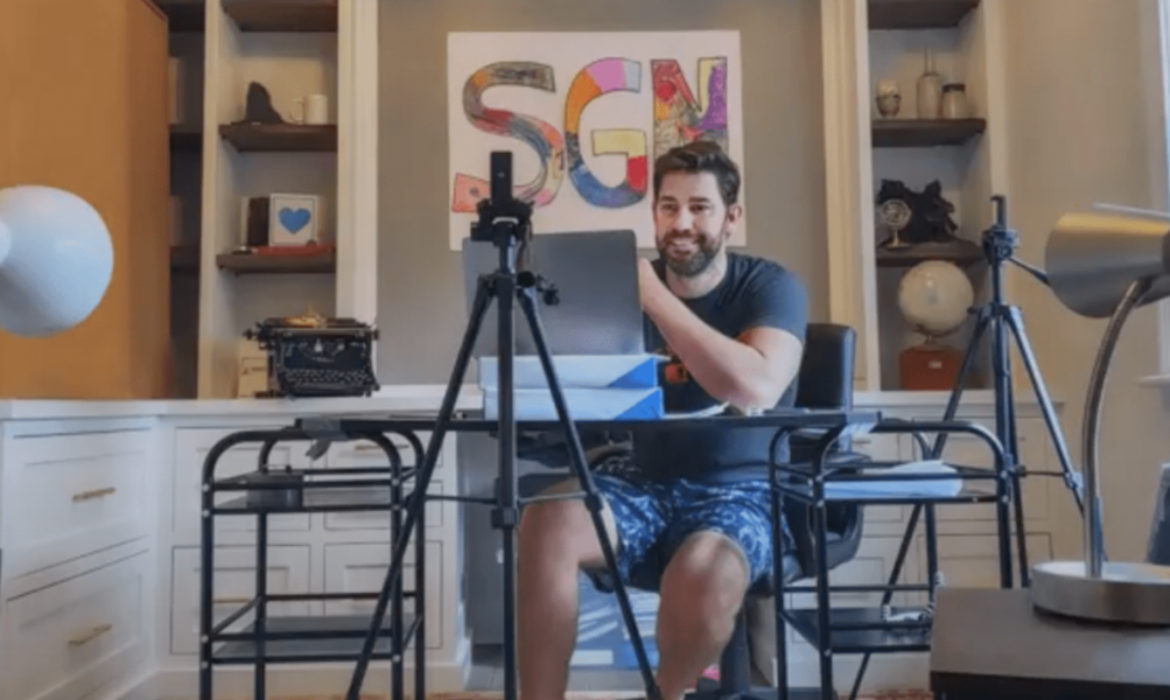Google Ends All Gossips: Revealed Fee Structure For Advertisement Tools
Since a long time now! People were keen to know the prices of advertisement with Google, especially after it declared its DSP, DV360. The speculations were high, as there are always some hidden charges, including taxes.

Image credit – marketingland
However, Google ended this ongoing gossip! By releasing a series of blogs and articles, it painted a clear picture by releasing its fee structure for its different portals.

Image credit – PeggyKSTipsandTricks
These portals included Display and video 360, Google ads, Ad Manager and its publisher tech. It is the first incidence where Google came out openly with its prices.
According to an aggregate data of 2019, if the advertiser spent $1 on the media with Google tech, the Publisher received a 69% share from that dollar. Whereas, the rest 31% is the profit gained by Google.
Reportedly, DV360( DSP) takes only 13% of $1 spent by an advertiser on media. On the other hand, Ad Manager charges an approximate of 18% of the dollar spent by the advertiser.

Image credit – Ezoic
However, with Google Ads, the campaigns include the display, it charges 14% of every dollar spent by an advertiser. The ad networks charge their advertisers on the bases of cost-per-outcome. However, they pay the publishers on a CPM basis. Therefore, the cost varies on average.
Google disclosed the direct and programmatic amount, which they charge from publishers.
In an analysis of top 100 news publishers, who are using Google, discovered that they directly or indirectly(through partners) sold three-quarter of their inventory to the company. In that setup, Google charges an approx 1% fee based on the ad requests volume.
For the advertisements, in the remaining quarter filled programmatically, Googles charge, for handling the impression was 16%. it also clarified, for any impression filled directly by publishers, Google only charges 5% of the total revenue.

Image credit – Cardinal Path
Although, there are a couple of warnings: While publishers use different DSPs to sell advertisement through multiple ad exchanges, they might be paying variable amounts for these advertisements. Through open biding, Google charges 5-10 per cent fee. However, advertisements sold by Ad Manager is charged with a 20% fee.
Also, it’s not yet clear how Ad-sense works in all this share proportion. According to previously shared data, Google takes with Ad Sense is around 68%. However, it wanted to clarify to the publishers that it doesn’t double charge them with its additional charges for Ad Manager.

Image credit – PPC Land
Why All of Sudden Google is so Transparent?
Well, Google wants to prove that it doesn’t fraud its users. Since a long time now, it has been suffering from allegations.
Also, there is suppose to be an antitrust case which is anticipated by the tech giant this year. During this time frame, several parts of its business will be under a minute check. The state attorney general and the Department of Justice is supposed to be meeting on Friday, to discuss the case. This information was provided by The Wall Street Journal. Hence, as Google is earning a large chunk of its revenue from Ads, it could be one of the things that the departments will investigate.
Last year, an antitrust paper released faulted tech giant on its in-efficiency of sharing end-to-end fees. In a statement, it stated, “No one (other than Google) has visibility into what happens between AdWords and AdX.”
Even the programmatic ecosystem was demanding a transparent approach from Google. Sellers and buyers started to realize that their contract with the company, doesn’t give a clear justification of fee, which Google charged them.

Image credit – Google Support
The transparency started flooding the market nearly three years ago. Some independent ad technology companies including Rubicon Project and AppNexus shared data on their take away share of the money. They did so to get rid of the pressure from the industry to reveal the hidden fees. After that, the Trade Desk decided to go public. Hence, they reveal their fees every year.
ISBA is frequently auditing the supply chains. All this, to uncover the hidden charges. Marketers and other tech buyers are demanding from Blockchain to provide them with log-level data. These are the clear indications that publishers and advertisers are looking for transparency. The tech giant is trying to address the issue by providing transparency to its advertisers.
11 Global Brands Create Epic Ads Entirely From Home During Covid-19.
Just weeks into global lockdown, advertising production has changed. It is now confined to homes with shoots canceled or postponed for the foreseeable future. Out of adversity, now comes creativity as advertisers are overcoming the hurdle of not being able to venture out with ads made remotely or entirely from home.
Video advertising isn’t stopped amidst the pandemic but is showcasing creativity in lockdown.
We have handpicked the best ads produced remotely in the COVID- era from around the world.
1. Apple: Creativity goes on
Apple is one of the top names of all brands creating ads from home. The tech giant has captured how consumers are creative amid the COVID outbreak and are using its products for drawing pictures on the iPad, produce video content on Macbook or Facetime with near ones. The film is produced in over two weeks starring many celebrities from their homes and ends with a line reading “Creativity Goes On.”
2. Women’s Aid: The Lockdown by Engine
Engine and Knucklehead created a campaign ‘The Lockdown’ – uses video shot during the daily excursions in London to capture the empty roads and emphasize that domestic abusers are no longer on the streets and are locked inside with their families. Women’s aid has set up a coronavirus advice page to help victims of domestic abuse.
3. IKEA: Making Home Count
An absolute delight to watch the video advertisement and beautiful creative ad in coronavirus outbreak. Ikea Singapore released ‘Making Home Content’ – a short ad made remotely by a team of creatives from TBWA to give thanks to those abiding the lockdown rules. It covers simple ‘joys’ like pets, cooking, and playtime with children and family, using the footage shot by the team who captured their lockdown lives.
4. Vodafone Italy: Importance of Connectivity
Vodafone Italy launched an ad campaign made remotely by the crew to demonstrate the importance of connectivity and raise funds for the Italian Red Cross during the pandemic. The ad features the strapline “Even when we can’t be close, we can be together”.
5.Honda Civic: #StayHome
The 35-second spot is the latest video ad made from home entirely for the Dubai region with Memac Ogilvy Dubai. A classic example of creative video advertising where it started like any other sheet metal commercial but with a twist. Honda uses a full-scale miniature car and the camera shots managed to trick the viewers for some time and feel like watching a real car. The ad ended on a hopeful note reading” Until we drive again” with the hashtag #Stayhome.
6.Porsche: Let it Not Tempt you
Another automobile ads made remotely is Porsche for Poland which created a film overnight with a series of graphics to encourage viewers to stay home despite the beautiful weather. It inspires Porsche owners to share photos of the parked cars on social media and comply with safety recommendations.
7.Nike: Play for the World
Next on ads made remotely is Nike’s inspiring campaign where it is paying a tribute to all the athletes who are training indoors due to quarantine.
8. Birds Eye: So, What’s For Tea?
This creative video advertising ad was made to help families cope with the coronavirus crisis presenting life hacks like entertaining families that include coloring pages and word searches. Families can download the life hacks on the brand’s website or social media page.
9.Ad Council: #StayHome, Save Lives
The Ad Council has joined hands with Google, the ANA, and other advertising, media, marketing trade associations, on a wide movement that pleads to the people of America to #StayHome Save Lives in order to slow the spread of coronavirus.
10. The BMW: Contactless Experience
The highly affected sector due to these unprecedented times is automotive. A unique and creative corona ad introduces the BMW India Contactless experience with a digital-purchase experience that gives the feel and benefits of a brick and mortar dealership at a click of a button and from the comfort of the home.
11. Audi: The Drive
Audi is offering a pleasant and innovative experience to house-bound Australians through the freedom of open roads. Audi Australia created a 4 hour long long-slow TV film, a masterpiece of creativity in lockdown for the viewers to experience the soothing nature of the road trip from the comfort of their home.
The creative ads in coronavirus pandemic show that it has not put a damper on the creativity of the people and will inspire audiences to StayHome, StaySafe to win over these tough times.



